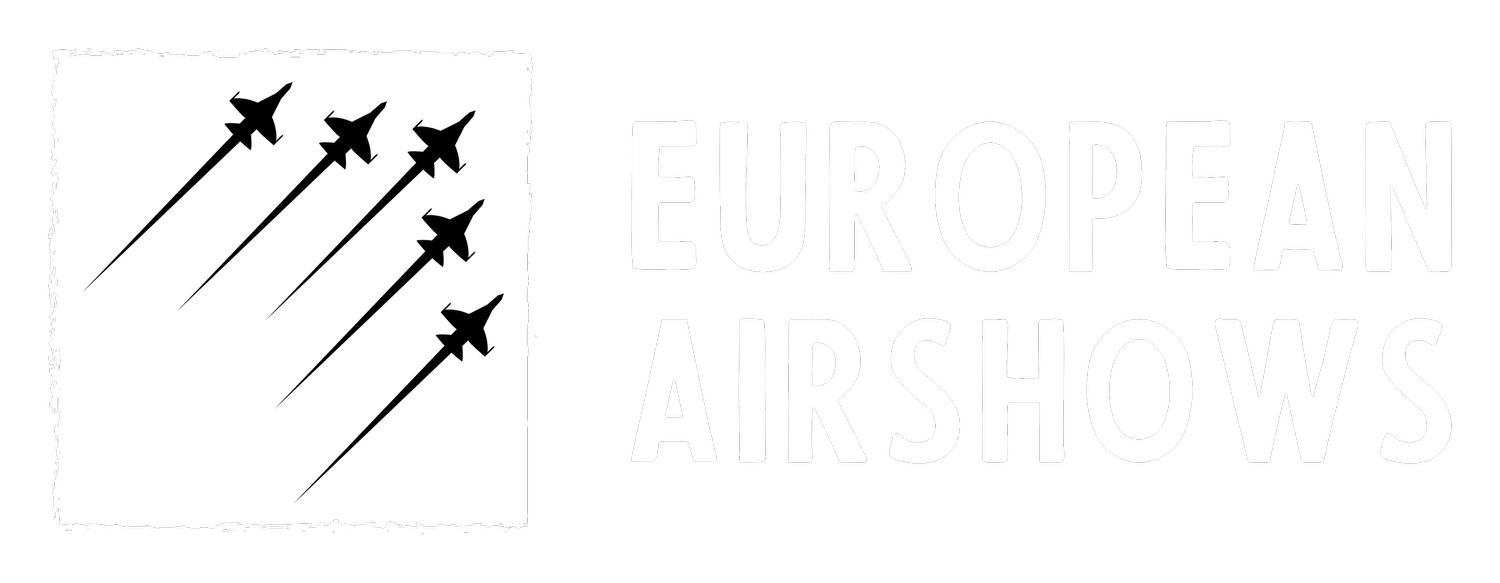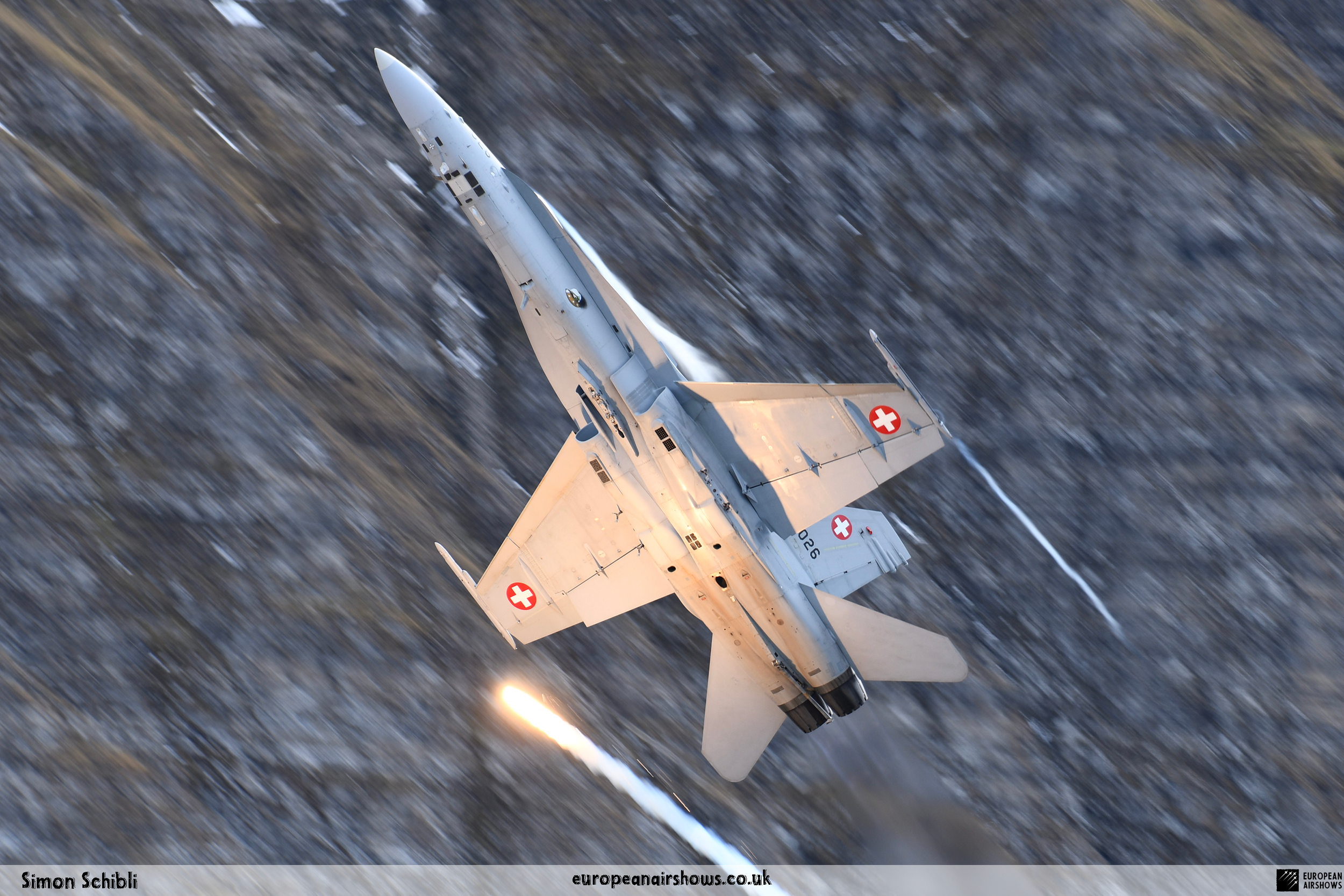
July 31 / Swiss Air Force Founded
Founded 31 July 1914
Swiss Air Force
The history of the Swiss Air Force is a compelling narrative that underscores Switzerland’s dedication to neutrality and self-defence, marked by strategic innovation and technological progression.
In the early 20th century, as the significance of air power in military strategy became evident, Switzerland began to explore aviation’s potential. This period, preceding World War I, saw the Swiss military acquire a few aircraft primarily for reconnaissance purposes. These initial efforts were modest and largely experimental. During World War I, the Swiss Air Force was still in its nascent stage. Maintaining its neutral stance, Switzerland focused on defending its airspace, acquiring a small number of aircraft for observation and patrol missions to ensure its neutrality was respected by the warring powers.
The interwar period brought significant developments to the Swiss Air Force. In 1936, the Swiss government established the Federal Office of Civil Aviation, which played a pivotal role in the growth of military aviation. That same year, the Swiss Air Force (Schweizer Luftwaffe) was formally established as a separate branch of the Swiss Armed Forces. This period also saw the acquisition of more advanced aircraft, including fighters and bombers.
During World War II, Switzerland maintained its policy of neutrality but faced significant challenges in safeguarding its airspace. The Swiss Air Force was crucial in defending the country’s airspace from incursions by both Axis and Allied aircraft. Swiss pilots engaged in numerous dogfights and intercepted aircraft that violated Swiss airspace. The Swiss Air Force operated a mix of indigenous and foreign aircraft during the war, including the Swiss-built EKW C-36 fighter and the Messerschmitt Bf 109, which Switzerland acquired from Germany. Swiss pilots showcased their skills in air combat, successfully defending Swiss airspace and upholding the country’s neutrality.
The post-war period marked a phase of modernization and expansion for the Swiss Air Force. Switzerland invested in advanced aircraft and infrastructure to enhance its air defense capabilities. The acquisition of jet aircraft, such as the De Havilland Vampire and the Hawker Hunter, represented a significant technological leap. During the Cold War, Switzerland continued to prioritize its air defense capabilities. The Swiss Air Force maintained a state of readiness to defend against potential threats from both NATO and Warsaw Pact forces. The acquisition of advanced aircraft, including the Dassault Mirage III and the Northrop F-5 Tiger II, bolstered Switzerland’s air defense capabilities.
The end of the Cold War brought new challenges and opportunities for the Swiss Air Force. In the 1990s, Switzerland began to modernize its fighter fleet with the acquisition of the F/A-18 Hornet, a versatile multirole fighter aircraft. This marked a significant step in maintaining the country’s air defense capabilities in the face of evolving threats. In addition to its primary role of air defense, the Swiss Air Force has also participated in international peacekeeping missions and humanitarian operations. Swiss aircraft and personnel have been deployed to support United Nations missions and provide disaster relief in various parts of the world.
The Swiss Air Force continues to evolve in response to changing security dynamics. In recent years, Switzerland has explored options for replacing its aging fighter fleet. In 2020, the Swiss government selected the Lockheed Martin F-35A Lightning II as its next-generation fighter aircraft, further enhancing the country’s air defense capabilities.
The history of the Swiss Air Force is a testament to Switzerland’s commitment to maintaining its neutrality and ensuring the security of its airspace. From its early beginnings in the pre-World War I era to its modern-day capabilities, the Swiss Air Force has evolved into a highly capable and technologically advanced force. Its dedication to self-defense, modernization, and international cooperation underscores its vital role in Switzerland’s national security strategy.
Swiss Air Force Facts
Mountain Airfields: One of the most unique features of the Swiss Air Force is its use of mountain airfields. Switzerland’s rugged terrain has led to the development of several airbases that are carved into the mountains, such as the Meiringen Air Base. These bases are designed to be highly defensible and provide strategic advantages in times of conflict.
Aircraft Caves: In addition to mountain airfields, the Swiss Air Force also utilizes aircraft caves. These are essentially underground hangars built into mountains, providing protection against aerial attacks and allowing for rapid deployment of aircraft.
Neutrality Patrols: During World War II, the Swiss Air Force was actively involved in neutrality patrols. Swiss pilots intercepted and engaged both Axis and Allied aircraft that violated Swiss airspace, maintaining the country’s strict policy of neutrality.
Swiss-Made Aircraft: Switzerland has a history of producing its own military aircraft. The EKW C-36, a Swiss-built fighter, was used during World War II. Additionally, the Swiss company Pilatus Aircraft has produced a range of training and utility aircraft, such as the PC-21, which is used by air forces around the world.
Civilian Pilots in Military Service: The Swiss Air Force has a unique system where many of its pilots are actually civilians who serve part-time. These pilots are highly trained and participate in regular exercises and operations, ensuring they maintain their skills and readiness.
Militia System: Reflecting Switzerland’s broader military structure, the Swiss Air Force operates on a militia system. This means that a significant portion of its personnel are reservists who can be called up for service when needed. This system allows Switzerland to maintain a highly capable air force without the need for a large standing military.
Air Policing: The Swiss Air Force plays a crucial role in air policing, ensuring the security of Swiss airspace. This includes monitoring and intercepting unauthorized aircraft, as well as providing air support during major events such as the World Economic Forum in Davos.
Innovative Training Programs: The Swiss Air Force is known for its advanced training programs. The use of simulators and synthetic training environments allows pilots to practice complex manoeuvres and combat scenarios without the risks and costs associated with live training flights.
International Cooperation: Despite its policy of neutrality, the Swiss Air Force engages in various forms of international cooperation. This includes participating in joint training exercises with other air forces and contributing to international peacekeeping and humanitarian missions.
F/A-18 Hornet Fleet: The Swiss Air Force’s fleet of F/A-18 Hornet fighter jets is notable for its high state of readiness and maintenance. Swiss F/A-18s are known to be among the best-maintained in the world, ensuring they are always ready for rapid deployment.



















